French drain installation and purpose: What it does and when to use one
Before delving into a description of French drains, it’s important to first make the distinction with trench drains as the two are often confused. A trench drain is a long, pre-fabricated channel with a grate on its top side that collects water, usually at the low end of a large paved area. French drains, on the other hand, are channels equipped with a perforated drain pipe that is surrounded by gravel or stone. The French drain should be installed on the uphill side of the area that is to be kept dry, in order to intercept the flow of surface water that is making the yard wet. Aggregate material around the French drain pipe allows water to seep into the pipe, thus collecting and diverting it away from large landscaped areas—and often sub-levels of buildings—to keep them dry.
For a lawn or garden application, the French drain pipe is typically shallow, installed fairly close to the surface. Building perimeters and retaining walls, on the other hand, require lower drains to pick up water before it builds up behind the foundations, thus undermining their structural capacity.
So, what might installing a French drain cost? The pricing will typically be determined by its depth, size, and complexity. An installer will usually include the following in an estimate for French drain installation:
- Planning, design, and coordination with outlets and municipal storm lines. Before any water is taken off a property via a pipe, it’s imperative to understand how and where the lines will be laid, where they will daylight or if they can be connected to a municipal water line. Further, the landscape professional will want to evaluate the slope of the pipe to ensure there is enough “fall” from its highest to lowest points, ensuring proper flow through the system.
- Permitting and fees for regulatory reviews. Any time water is expelled from a property, the local municipality will wish to review drawings to determine whether the volume is within the limits allowed, if water discharge will be clean and free of sediments, and will not be detrimental to public storm lines or downstream waterways.
- Materials, including the perforated drain pipe, stone or gravel, fittings, fill as required, and seed. Pipe must be sized properly to handle the anticipated volume of water, and its openings spaced to capture water along its length. Where the system is adjacent to trees and shrubs, however, the pipe should be standard (or non-perforated) to ensure that roots do not interrupt the flow or even break the pipe in the future. Rocks should be rounded and “poorly graded” at a size to ensure that enough void area will allow water to easily percolate through. The area around the trench will need to be seeded following installation to repair areas disturbed by digging and to mitigate the potential for erosion and sediment to clog the new French train.
- Labor to dig the trench, lay the pipe (and check for proper slope), connect to other storm lines, place the stone, and repair surrounding lawn and landscape areas once the job is complete. The intaller will also factor in equipment needed, wear and tear, fuel costs, and travel time and distance.
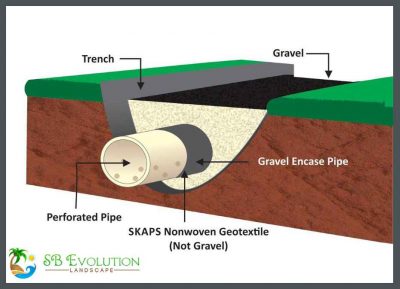
French drains are just one of a multitude of options for handling excess water on a property. A Santa Barbara landscape professional can give the best advice for the type of drainage solutions needed to alleviate waterlogged lawns and beds. The level of expertise that comes with a professional job, too, is a best bet for an installation that is effective and long lasting.

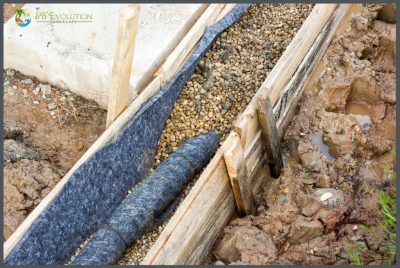


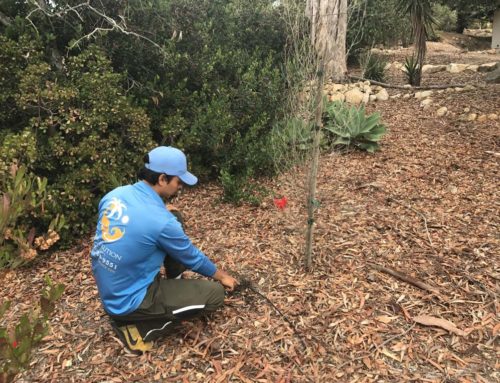
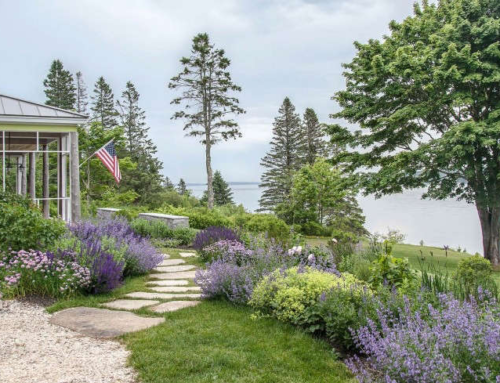
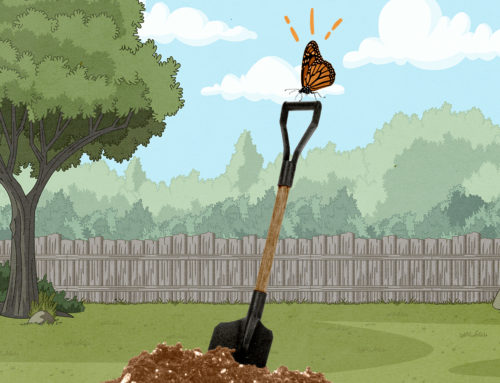

Leave A Comment
You must be logged in to post a comment.